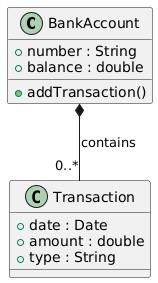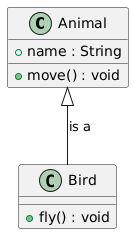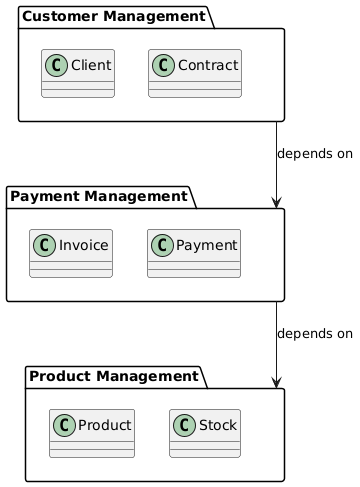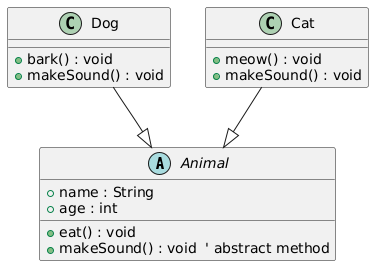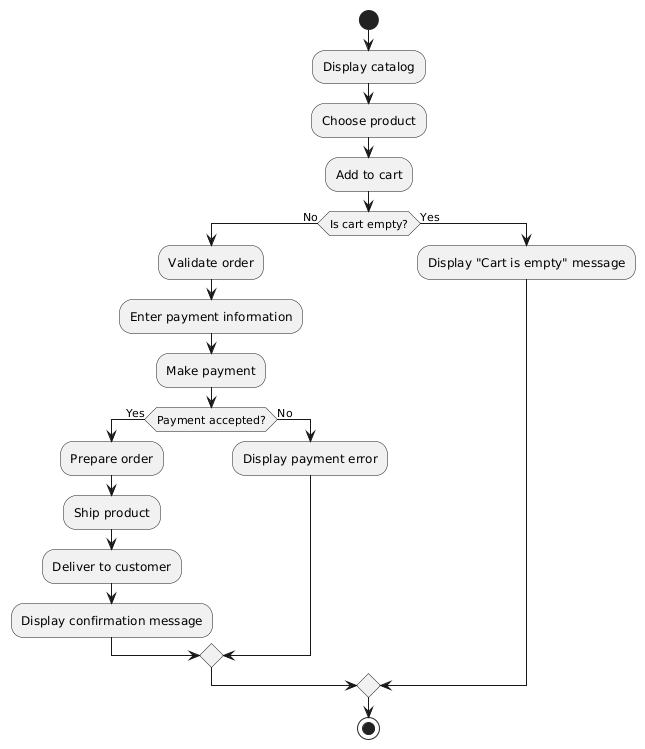UML Diagrams MCQs Questions With Answers – Part 19
Test your knowledge and boost your confidence with these multiple-choice quizzes focused on UML diagrams, foundational software engineering concepts, and real-world best practices. Designed for students, developers, and exam candidates, these MCQs offer a quick and effective way to assess your understanding and sharpen your skills.
1. To show the flow of a registration process with choices, validation, and confirmation, which diagram would you use?
A Communication Diagram
B Activity Diagram
C Sequence Diagram
D State Diagram
2. You are developing a banking system. How would you represent a bank account that contains several transactions?
A Dependency
B Aggregation
C Composition
D Association
3. What does this relationship represent?
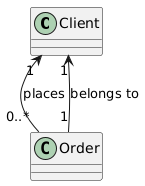
A An Order belongs to a Client, and a Client can place multiple Orders
B A Client can have multiple Orders, but a single Order belongs to one Client
C An Order can only be linked to one Client
D The relationship is unidirectional from Order to Client
4. What is the meaning of the arrows –> between Invoice, Client, and Product?
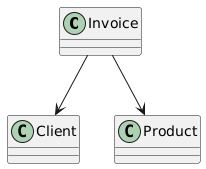
A Invoice owns both Client and Product
B Invoice uses Client and Product
C Invoice depends on Client but not Product
D Invoice inherits from Client and Product
5. If a “Bird” is a type of “Animal”, which UML relationship illustrates this direct kinship?
A Association (they intersect occasionally)
B Dependency (one needs the other for the ecosystem)
C Generalization (one is a specialized version of the other)
D Realization (the bird implements the concept of animal)
6. In a UML component diagram, what does a “component” represent?
A A subsystem or an autonomous functional part of a system.
B A diagram representing the user interface of an application.
C An object in the memory of a system.
D An actor external to the system interacting with the components.
7. What is the role of a package diagram in UML?
A Describe the class hierarchy of a system.
B Illustrate dependencies between objects.
C Organize the elements of the model into groups (packages) and describe the dependencies between them.
D Represent interactions between actors and the system.
8. In UML, what is the difference between generalization and specialization?
A Generalization is the process of deriving a new class from an existing class.
B Specialization is the process of defining subclasses from an existing class.
C Generalization is a special case of specialization.
D None of the answers is correct.
9. What does an “interface” represent in a UML component diagram?
A An autonomous component that implements a specific function.
B A connection point between two components, defining a set of services that the component exposes.
C A type of component responsible for managing interactions with users.
D A class that contains data and associated behaviors.
10. To orchestrate an “Online Order” (choose, pay, deliver), which UML diagram portrays this choreography of steps?
A Class Diagram (the actors and objects involved)
B Component Diagram (the modules of the website)
C Activity Diagram (the flow of actions)
D Deployment Diagram (where the website runs)



